How to Stay Focused #3: Meditation vs Mindfulness
In the previous article of our focus series, I discussed working under pressure and how to cope with high-stress situations. Today, I want to share with you something that further changed my life for the better.
I’m talking about meditation, of course, and mindfulness more specifically. This is one of my favorite techniques, and I’m sure it will be yours too.
Before we dive into the actual exercises and tips, I first want to clarify what the differences between mindfulness vs meditation. Then, I will briefly discuss some important proven benefits. So, let’s begin.
Meditation vs Mindfulness: What’s the Difference?
Mindfulness and meditation are two concepts that are often mentioned together or in similar contexts. So, what’s the difference between them?
While the line that separates their meanings might be a fine one, it does indeed exist. As explained by meditation author and teacher Lodro Rinzler, there are many forms of meditation, and mindfulness is one of them. Thus, whereas mindfulness is a singular practice, meditation is the overarching category that employs it, among others.
The ritual of mindfulness consists of focusing on the present and every single element that it contains. For example, mindfully eating a bowl of soup entails more than just consuming it. It has to do with focusing on its warmth, taste, consistency, and the overall feeling it evokes.
The term ‘meditation’ refers to a wide array of mental and physical exercises besides that of mindfulness, such as contemplation, visualization, breathing techniques, yoga, and more. its ultimate goal is to help the practitioner reach a superior plane of consciousness.
In the video below renowned psychologist and science journalist Daniel Goleman explains how to become proficient at switching between tasks and return to an intense level of concentration:
Meditation vs Mindfulness to Improve Focus
Meditation Gives Clarity and Peace of mind
What meditation does best is provide the practitioner with peace of mind and
A total of 60 individuals split into two groups participated in the study. Once the three-month research period came to an end, it was concluded that the members who meditated regularly had improved their visual discrimination and concentration abilities.
Meditation Benefits Cognitive Skills
Of course, this doesn’t mean that meditation is the universal answer to the entire discussion on how to stay focused. Still, it’s potential can’t be denied. Mindfulness and other related techniques benefit cognition in various ways.
- Decreased reaction to stress. A 2015 study has demonstrated that the amygdala, our body’s stress receptor, becomes quieter over time as an effect of meditation. This means that you will react better to stress and regain control in high-pressure situations.
- A clearer, more alert mind. Engaging in mindful meditation for as little as 10 minutes at a time during crucial times of day helps you keep your mind clear and alert. You will bounce back from distractions a lot faster if you remember to refocus.
- Reduced symptoms of ADD. Attention Deficit Disorder is a prevalent problem that many children struggle with. Depending on the source of the statistics, anywhere between 5 and 11 percent suffer from it. But according to psychologist and science journalist Daniel Goleman, something as simple as breathing techniques can help them focus.
Mindful Meditation Exercises to Boost Concentration
Mindfulness is achieved through the five traditional senses. By focusing on the emotions each of them evokes during the completion of daily activities, you can become far more aware of the mind and its inner workings.
Below, I’ve described my favorite exercises that I regularly use to boost my concentration and stay focused, from each of these five distinct perceptions.
1. The Touch Exercise
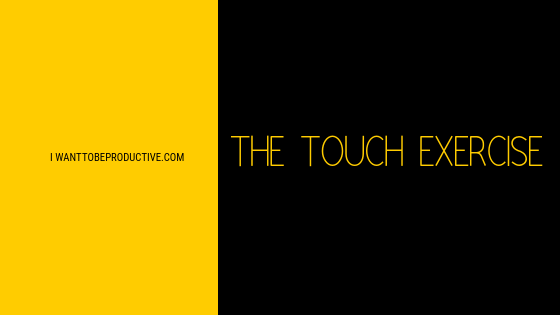
- Close your fist as tightly as you can.
- Hold the position for 10 seconds or more, then release.
- Focus on your hands. How do they feel?
- Concentrate on this feeling until it goes away.
2. The Hearing Exercise
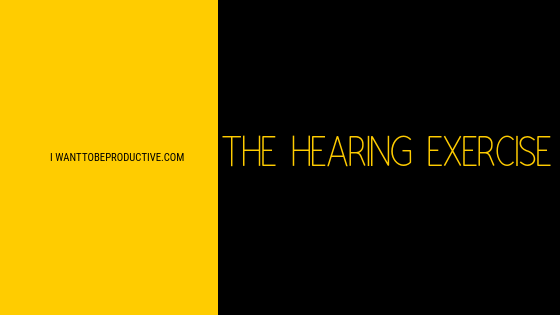
- Play your favorite album and listen to it in a mindful manner.
- What emotions do the songs evoke? How are they different from tune to tune?
- Memories might start to surface. Pay attention to how they make you feel.
- Don’t be afraid to engage with your emotions.
3. The Smell Exercise

- Choose a substance with a strong, yet pleasant smell.
- Breathe in the subtle notes of its fragrance.
- What effect do these odors have on your
nose, or even your brain? - Focus on this sensation for as long as possible.
3. The Sight Exercise
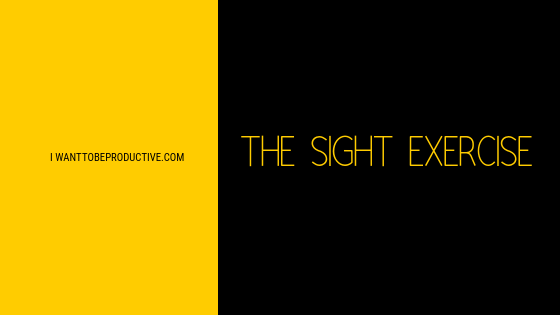
- Place an object in front of you and focus on it.
- Catch your mind when it wonders and
redirect your attention back to the object. - Acknowledge the thoughts you form around the object.
- The longer you concentrate on this, the more mindful you will become.
4. The Taste Exercise
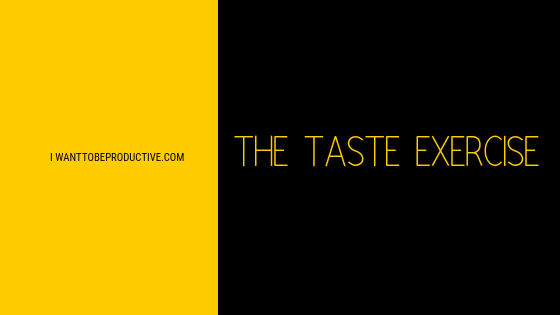
- Cook your favorite dish. Savor these moments and take in the aroma.
- Sit down at the table without any exterior distractions.
- Start eating the food. Does its taste evoke any feelings or memories?
- Focus on these emotions and appreciate their subtle nuances.
Meditation vs Mindfulness. On the Go
Achieving a superior degree of focus through mindful meditation means more than just exercises for me. The journey also depends very much on mastering practical techniques for when you’re on the go. After all, we all lead quite busy lives.
- Meditate on your commute. As a person who always spent a considerable amount of time commuting to either work or school, I’ve come to learn that this time is best used for mindfulness. The next time you walk to the bus station or you’re on the subway, use an app to meditate and take a moment to reflect on your actions and the feelings they evoke.
- Mindfulness in daily routine. This frame of mind can also be applied to daily activities such as doing the dishes, tidying up around the house, brushing your teeth, and so on. Focus on what you are doing, and I mean truly focus. You’ll be surprised how complex your routine is.
- Have mindful conversations. When was the last time you truly listened during a conversation? Start having mindful discussions instead of the same old small talk and distraught replies we’re all fed up with hearing, but engage in
anyway . Pay attention to what is being said to you, and genuinely respond to it in return. - Breathing exercise at work. Use the box breathing technique to maximize your concentration. Breathing exercises are a great way to ward of stress and anxiety, as well as refocus your mind once fatigue sets in. Something as simple as focusing on the tip of your nose to feel the way in which you inhale and exhale can work wonders for productivity levels throughout the day.
- Use a meditation app. When in doubt, you can always rely on technology to offer a swift helping hand. Buddhify, Aware, and Prana Breath are just a few popular app examples that offer guided meditation options anyone can follow.
Conclusion
We’ve established what’s the difference between meditation vs mindfulness and because we live in such a fast-paced world, I’ve indicated a few mindful meditation techniques that you can also apply on the go. As you can see for yourself, to learn how to stay focused is in more ways than one to learn how to be mindful and how to meditate.
In the Next Chapter…
This has been the third installment in my series on how to stay focused. I hope you’ve learned how to become more mindful in your daily life after reading it. Join me again next time for an ample discussion on dealing with job-related stress. In the meantime, feel free to leave any comments or suggestions below. See you soon!
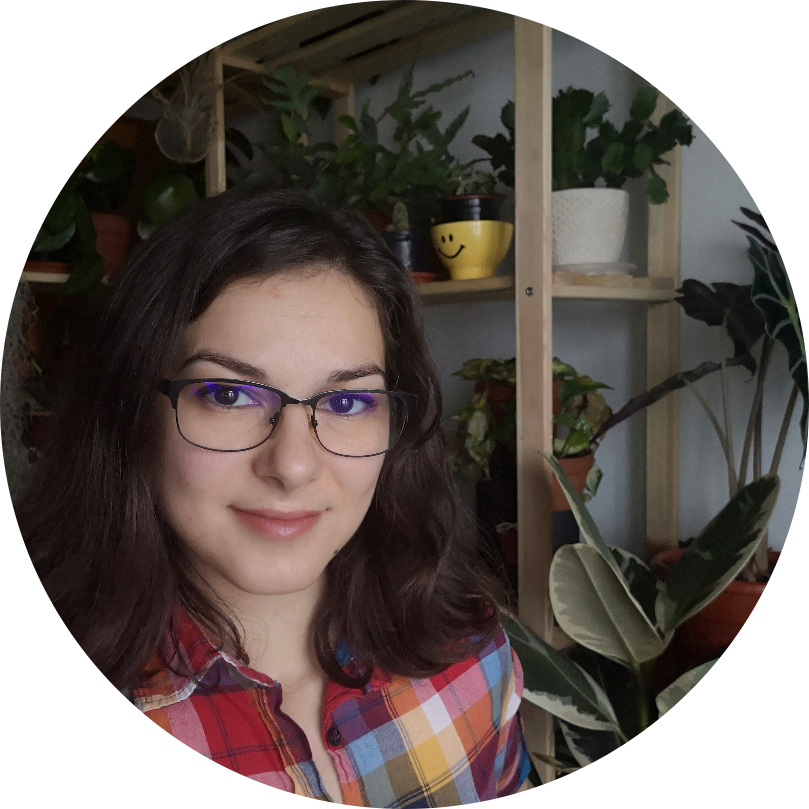
I’m passionate about personal development and growth, personality traits, and all things related. When I’m not working on myself, I enjoy hiking in the great outdoors, reading, watching movies, and taking care of my indoor garden. But my strongest passion will always be self-help.
